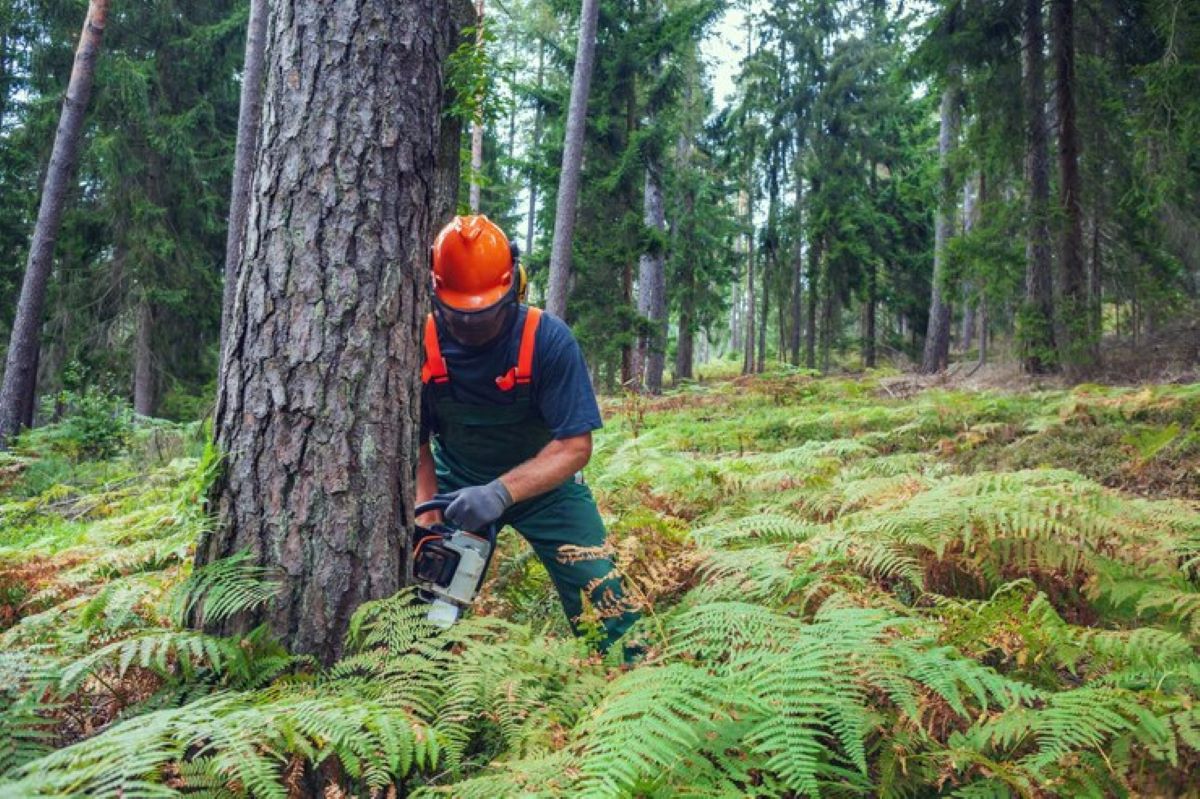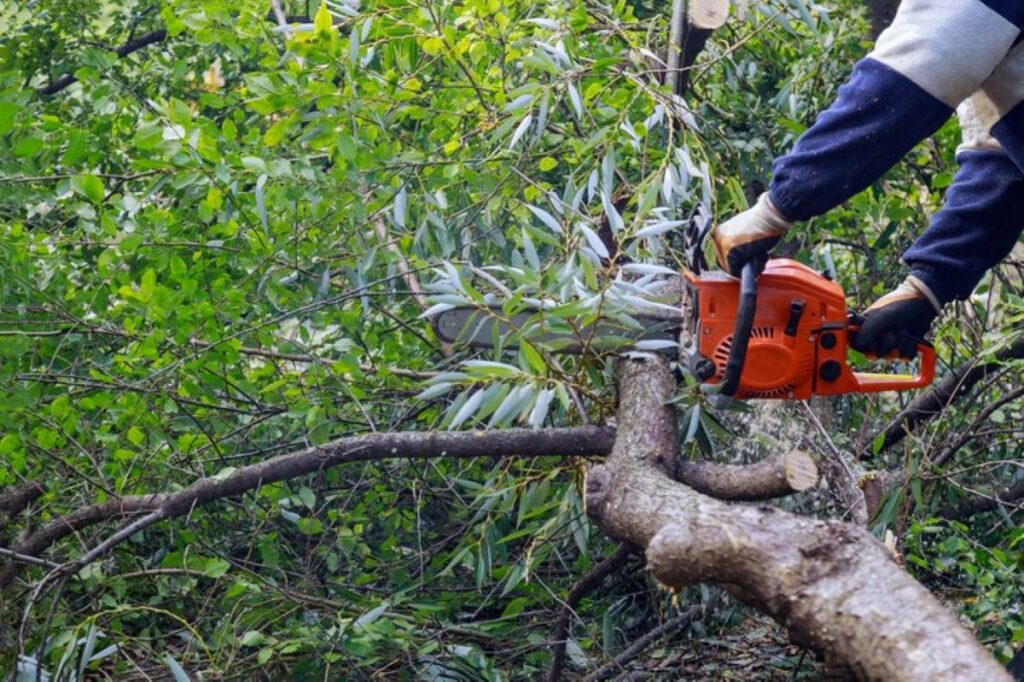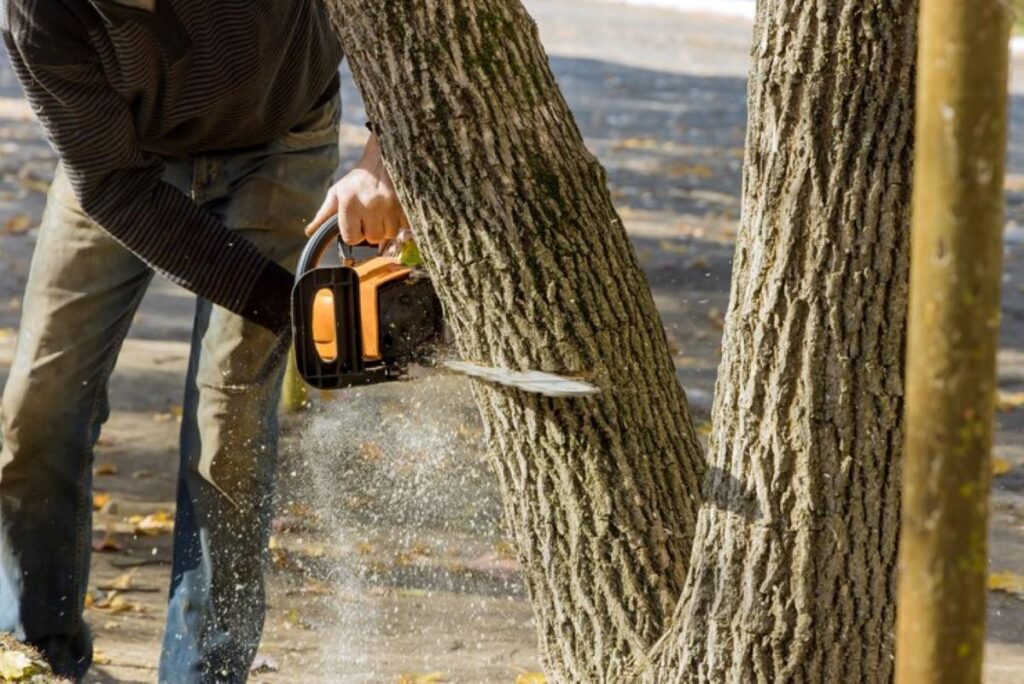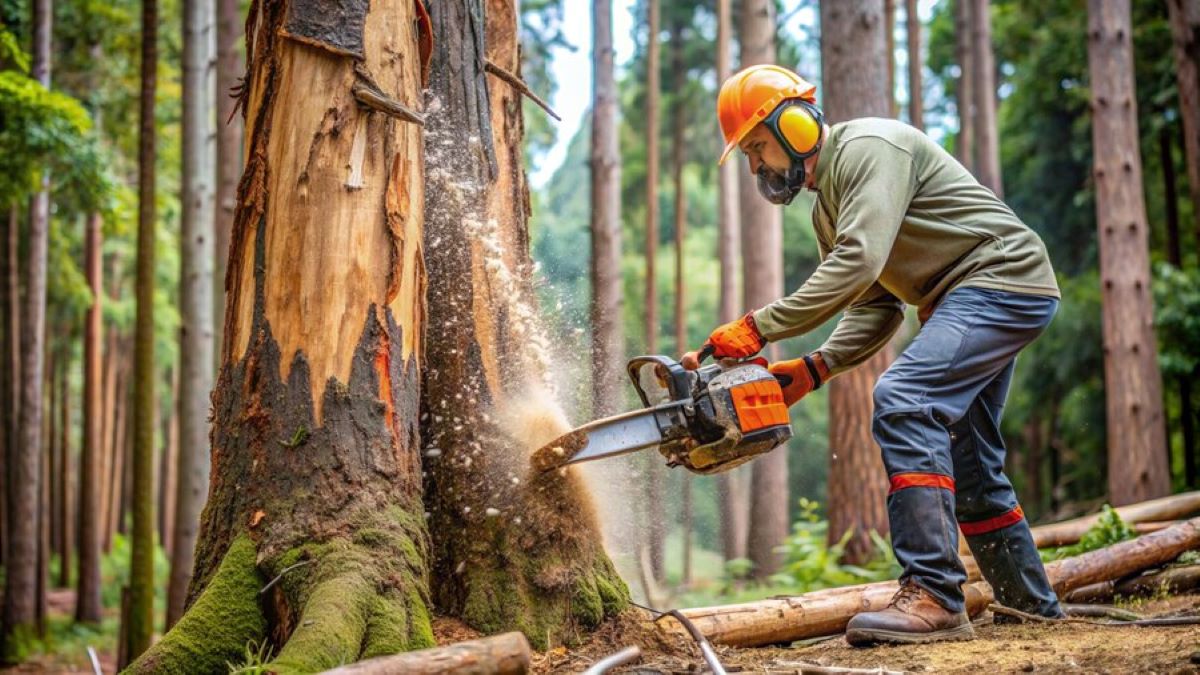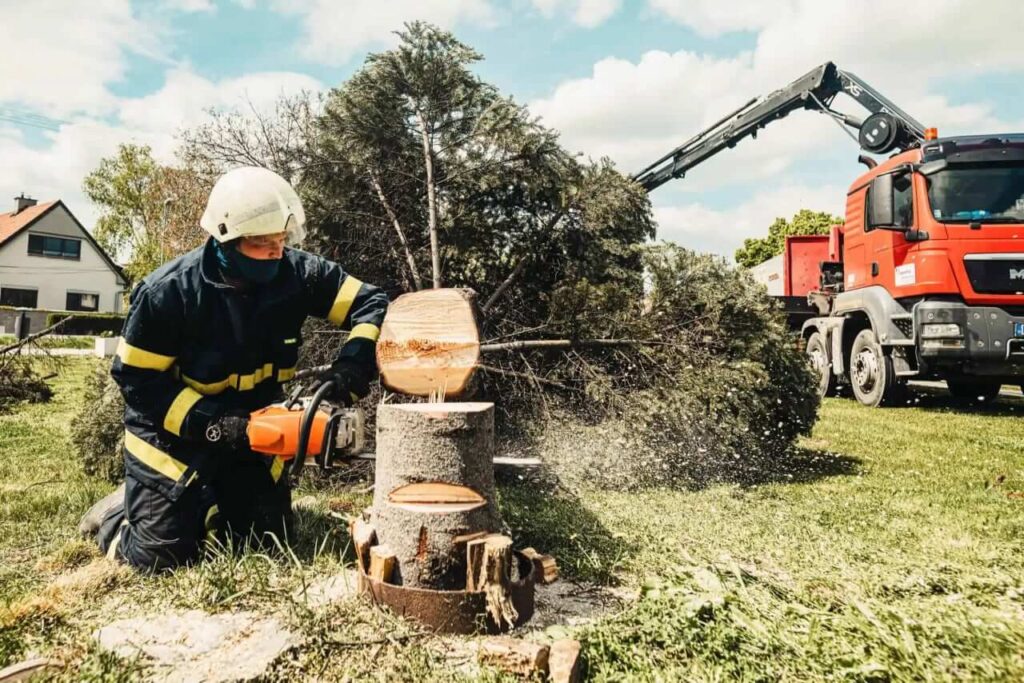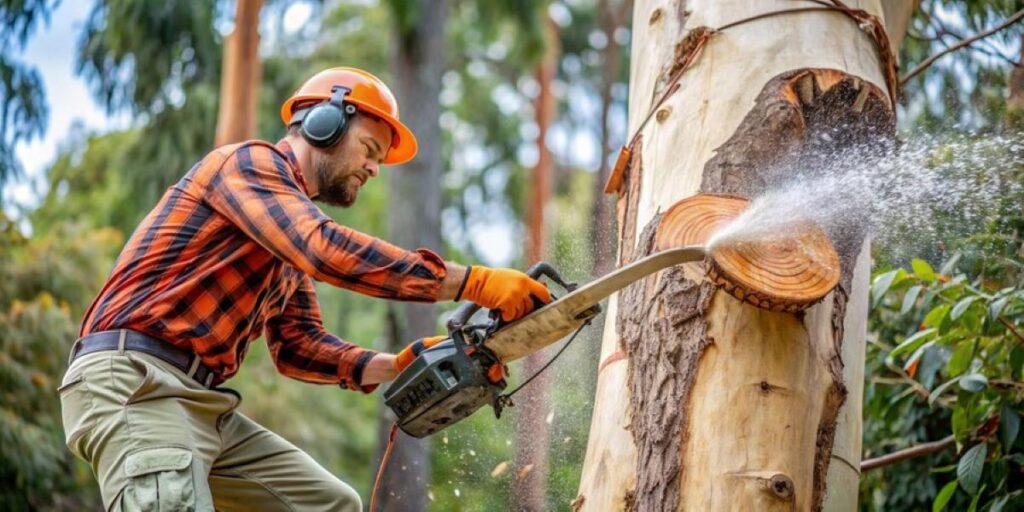Introduction
Australia’s property market has always been a topic of heated discussion among investors. While capital cities like Sydney, Melbourne, and Brisbane have long dominated the investment scene, regional towns are increasingly catching the eye of savvy buyers seeking affordability, growth, and lifestyle appeal.
So, when it comes to real estate investment in Australia — should you go regional or stick to the capital cities? In this article, we explore both sides, examining market trends, economic impacts, and the shifting dynamics of property investment across the nation.
The Australian Property Landscape
Australia’s housing market is as diverse as its geography. Capital cities offer strong economic fundamentals, employment hubs, and established infrastructure, while regional areas present affordability and lifestyle-driven opportunities.
In the past few years, the pandemic accelerated a migration trend from cities to regional areas, driven by remote work flexibility and rising urban housing costs. According to CoreLogic, regional property prices grew faster than many capital cities between 2020 and 2023, highlighting shifting investment potential.
However, with interest rates rising and housing supply tightening, investors must now carefully weigh where their money will deliver the best long-term returns.
Investing in Capital Cities: The Traditional Choice
1. Economic Strength and Infrastructure
Capital cities like Sydney, Melbourne, and Brisbane continue to dominate Australia’s property market, offering stable long-term growth. These cities benefit from strong job markets, international appeal, and government-backed infrastructure projects — all of which contribute to demand and rising property values.
For example, Sydney’s ongoing Metro expansion and Melbourne’s Suburban Rail Loop are driving development in outer suburbs, creating new growth corridors for investors.
2. High Demand, High Competition
Capital cities attract both local and foreign buyers. Sydney and Melbourne, in particular, have long been favorites among foreign investors seeking premium properties in a stable economy. This demand pushes up prices and creates competition, but it also ensures strong resale value and capital growth.
However, the high entry cost can be a significant barrier for new investors. As of 2025, median house prices in Sydney still hover above $1.3 million, while Melbourne’s median sits around $950,000 — making affordability a key concern.
3. Rental Yields and Returns
While capital cities typically offer higher capital growth, rental yields can be lower due to high property prices. On average, gross rental yields in major cities range between 3–4%, compared to 4–6% in regional areas.
Investors seeking steady income may find better returns outside metropolitan areas.
Investing in Regional Areas: The Rising Star
1. Affordability and Entry-Level Opportunities
One of the biggest advantages of regional investment is affordability. Cities like Geelong, Ballarat, Newcastle, and the Sunshine Coast have become hotspots for investors priced out of Sydney or Melbourne.
Regional properties can cost 30–50% less than their capital city counterparts, allowing investors to enter the market with lower deposits and less financial pressure.
See more: Tree Removal Near Me: How to Check if You Need Council Approval First
2. Lifestyle Appeal and Population Growth
Post-pandemic lifestyle shifts have driven demand in regional areas. More Australians now prefer spacious homes, cleaner air, and flexible work arrangements — fueling growth in areas within a few hours’ drive of major cities.
According to the Australian Bureau of Statistics (ABS), regional migration reached record levels in 2023, with strong population increases in Queensland, Western Australia, and Victoria’s regional centers.
3. Strong Rental Demand and Yields
Regional markets often experience higher rental yields due to strong tenant demand and limited housing supply. Towns near universities, mining hubs, or tourism destinations can deliver yields above 6%, providing consistent cash flow for investors.
However, investors should note that some regional areas may have lower liquidity — meaning properties can take longer to sell during downturns.
Economic and Policy Impacts
The Australian Government continues to shape the real estate landscape through taxation, infrastructure funding, and foreign investment laws.
1. Foreign Investment Rules
Foreign buyers remain active, particularly in capital cities. Under FIRB (Foreign Investment Review Board) regulations, non-residents are allowed to purchase only new or off-the-plan properties, aiming to boost housing supply rather than inflate existing property prices.
Regional areas, while less affected by foreign demand, benefit indirectly as affordability pressures in cities push Australians to look further afield.
2. Interest Rates and Affordability
The Reserve Bank of Australia (RBA) has gradually increased interest rates to control inflation, influencing borrowing power and buyer behavior. Capital city markets tend to be more sensitive to rate hikes, whereas regional areas with lower average loan sizes remain somewhat insulated.
3. Government Incentives
Several state governments offer incentives for regional property investment, such as stamp duty concessions or first home buyer grants, to encourage population distribution outside metropolitan zones.

How Local Buyers Are Affected
Local buyers in capital cities face ongoing affordability challenges, with soaring prices and competitive auctions. Many first-time buyers are turning to regional areas as entry points into the property market.
In contrast, regional investors are benefiting from increased rental demand driven by lifestyle changes, tourism, and regional economic development. Yet, limited infrastructure and slower long-term growth can pose risks if population trends shift.
Future Outlook: What to Expect in 2025 and Beyond
The future of property investment in Australia will be defined by balance — between affordability, demand, and livability.
- Capital cities will remain attractive for investors seeking long-term growth and stability, especially as major infrastructure projects mature.
- Regional areas will continue to thrive in areas with strong employment opportunities, improved connectivity, and lifestyle appeal.
Experts predict that Brisbane, Perth, and select regional hubs will lead growth through 2025, thanks to population increases and housing undersupply.
Ultimately, the best investment strategy may lie in diversification — blending metropolitan and regional assets for both capital growth and strong rental yields.
Conclusion
The debate between regional and capital city investment isn’t about which is better — it’s about what fits your financial goals and risk profile.
If you’re after long-term growth and stability, capital cities offer proven performance and liquidity. But if you want affordability and higher rental yields, regional markets could be your golden opportunity.
With careful research, professional advice, and a balanced portfolio, Australian real estate can remain one of the most reliable paths to wealth creation — whether you choose the bright city lights or the charm of the regions.
FAQS
Yes, regional areas can be excellent investments due to their affordability, strong rental yields, and growing population. Locations near major cities or with strong local economies offer particularly promising returns for property investors seeking entry-level opportunities.
Capital cities attract investors for their strong economic stability, job opportunities, and consistent capital growth. With established infrastructure and international appeal, cities like Sydney, Melbourne, and Brisbane remain reliable long-term performers despite higher entry costs.
Areas like Geelong, Newcastle, Sunshine Coast, and Ballarat are expected to perform well due to strong infrastructure projects, lifestyle appeal, and growing populations. Investors should research local markets to identify regions with strong rental demand and low vacancy rates.
Capital cities are more sensitive to interest rate rises due to higher property prices and larger mortgages. Regional areas, with lower average home loans, tend to experience slower market corrections and maintain more stable rental yields.

